我们决定在纽约州纽约州的这个11英亩的土地上清除杂草丛生和植被。新露出的自然特征为综合场地设计提供了框架,将一系列结构化的花园空间编织成现有景观。
In order to reveal the latent beauty of a varied landscape consisting of wet meadows, rock outcroppings, and stands of mature canopy trees, we decided to clear the overgrown and invasive vegetation on this 11-acre property in upstate New York. The newly exposed natural features provided the framework for an integrated site design that weaves a new series of structured garden spaces into the existing landscape.
流体景观序列从入口驱动开始,并进入个体花园。线性石墙强调了整个新花园空间中自然景观与建筑景观的对比。在游泳池和小屋,他们创造一个边缘,同时引导观点到现有的池塘和草地。在槌球草坪上,墙壁限制了草地的相邻边缘,并将草坪加强成与周围林地几何对立的地方。
The fluid landscape sequence starts from the entrance drive and enters the individual garden. The linear stone wall emphasizes the contrast between natural landscape and architectural landscape in the whole new garden space. In swimming pools and cabins, they create an edge while guiding their views to existing ponds and lawns. On croquet lawn, the wall restricts the adjacent edge of the lawn and strengthens the lawn into a place that is geometrically opposite to the surrounding forest land.
平面图
在花园内,我们采用了大量的低维护植物和温和的地形轮廓,以创造出明确的边缘,似乎溶解在周围的景观中。这些边缘的突破提供了精心控制的视野,从而在一个空间与下一个空间之间创造出凝聚力,从而最终将整个财产统一起来。
In the garden, we adopted a large number of low maintenance plants and gentle topography to create clear edges that seemed to dissolve in the surrounding landscape. These breakthroughs at the edge provide a carefully controlled vision, creating cohesion between one space and the next, thus eventually unifying the entire property.
Photos by LJLA
更多:LeBlanc Jones Landscape Architects


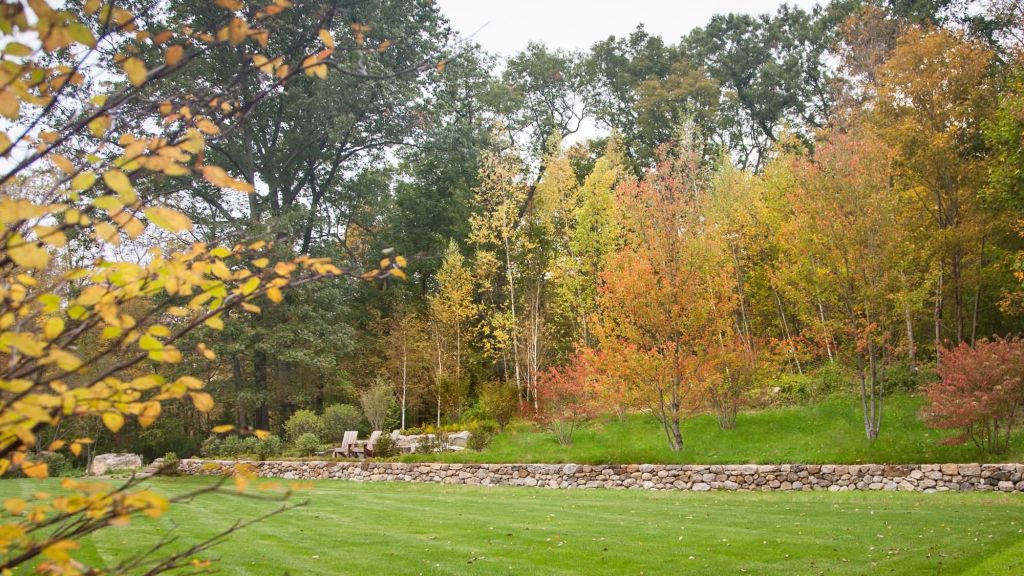

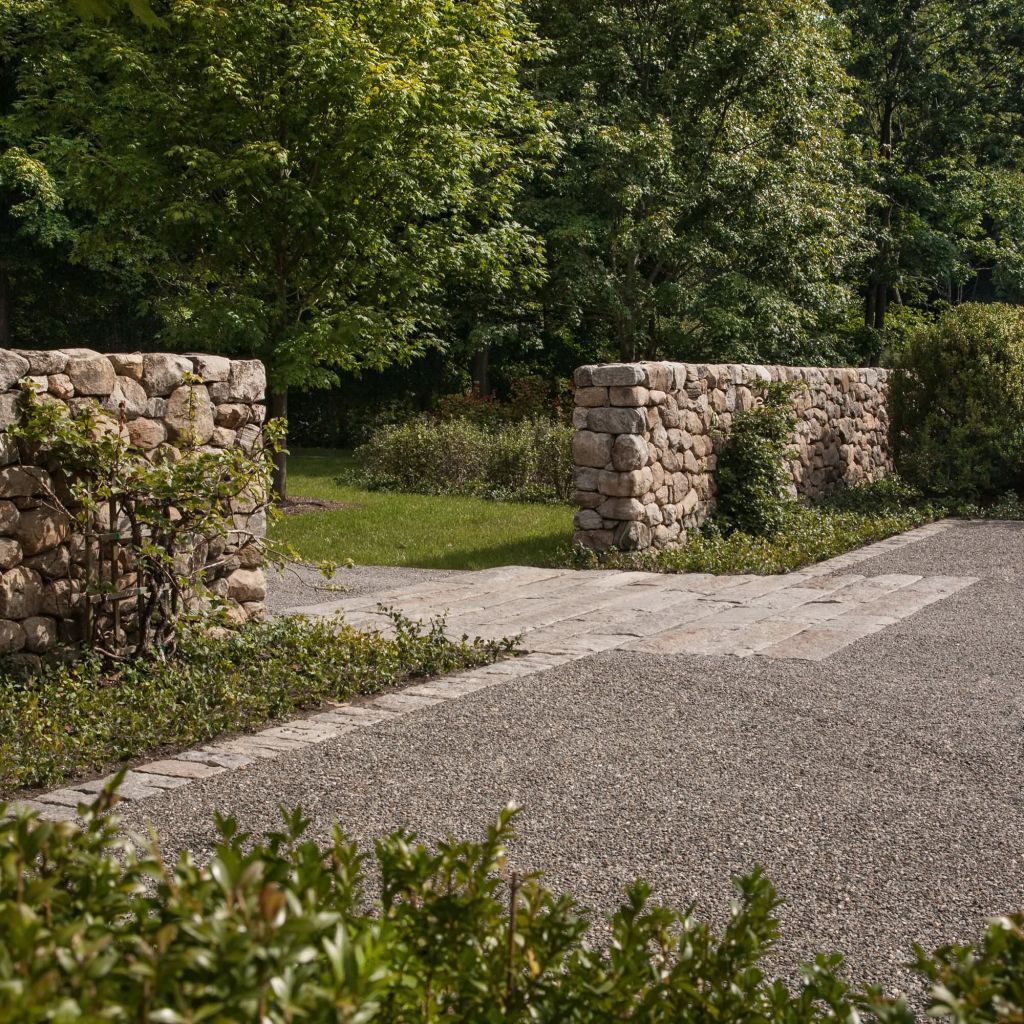
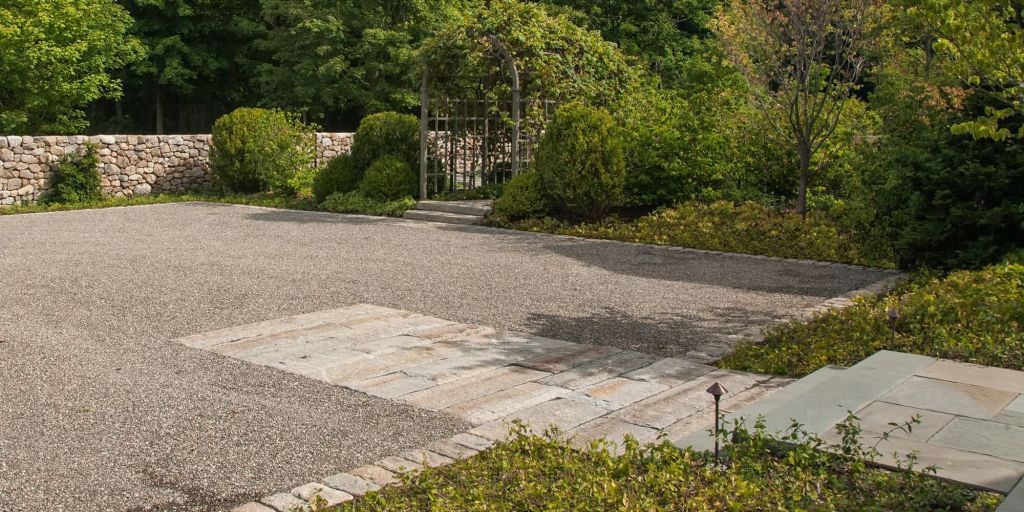


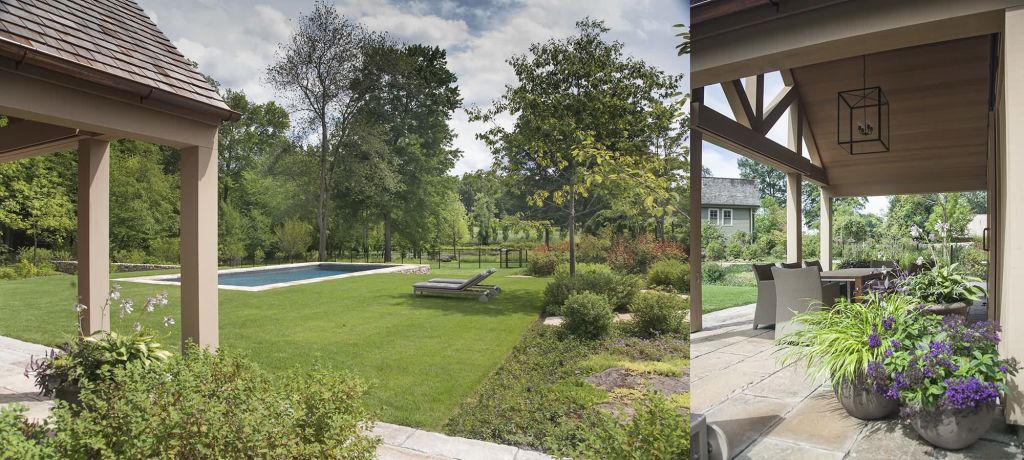

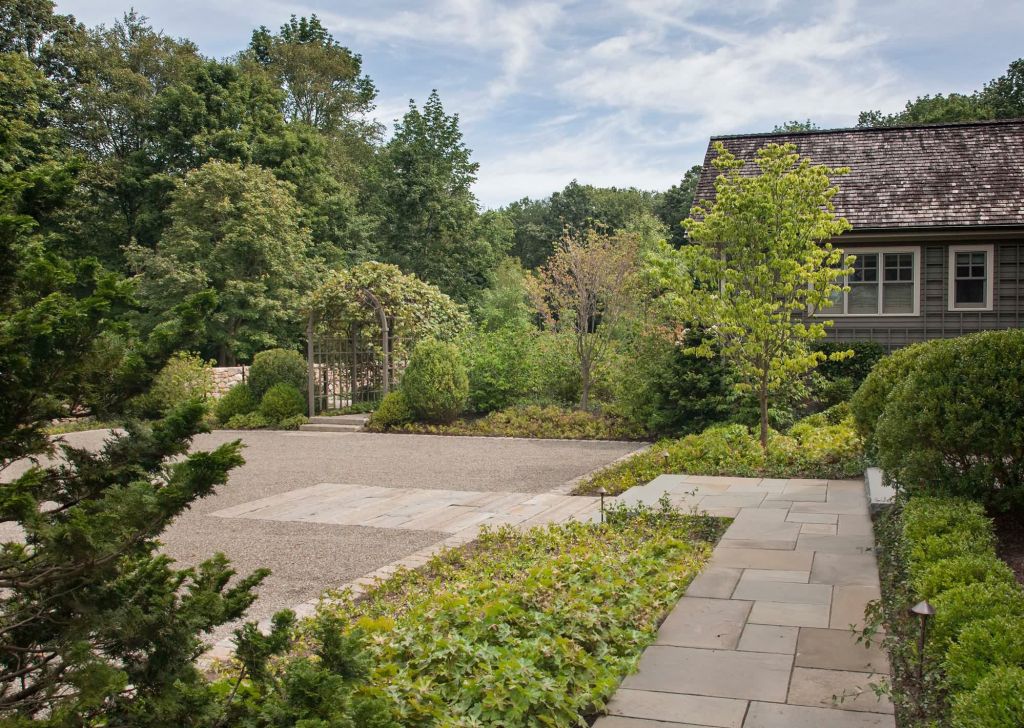




0 Comments